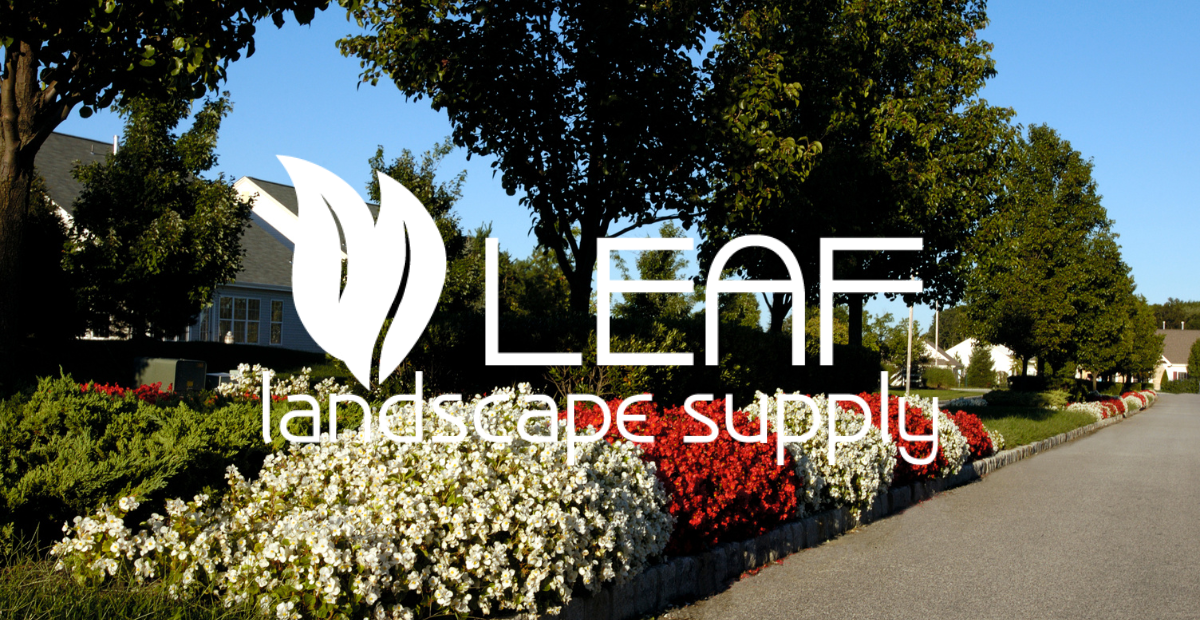
Texas Native Plants For Landscaping – Texas Native Plants for Landscaping: Enhance Your Austin Property with Local Flora
Enhance Austin Property with Local Texas Plants
As a commercial property manager in Austin, Texas, ensuring that the outdoor spaces of your properties are beautifully landscaped is undoubtedly a top priority. Whether you oversee properties in the vibrant South Congress neighborhood, the bustling East Cesar Chavez district, or the up-and-coming McKinney community, creating a visually appealing and sustainable landscape is essential for attracting tenants and enhancing property value.
When it comes to landscaping, incorporating Texas native plants is a wise choice. Native plants have adapted to the local climate and soil conditions, making them low maintenance and resilient choices for landscaping in Austin’s 78744 zip code and surrounding areas. Not only do native plants require less water and maintenance, but they also provide essential habitats for local wildlife and contribute to the overall ecosystem.
Here, we explore the benefits of using Texas native plants for landscaping and provide insight into some of the best species to consider for your commercial properties in Austin.
The Benefits of Texas Native Plants
Texas native plants offer a host of advantages for commercial property landscaping. Consider the following benefits:
Low maintenance: Native plants are well-adapted to the local conditions, requiring less water, fertilizer, and maintenance compared to non-native species.
Water conservation: Many Texas native plants are drought-tolerant, making them an ideal choice for sustainable landscaping in Austin’s semi-arid climate.
Biodiversity support: Native plants provide essential resources for local wildlife, including food and habitat, contributing to the overall biodiversity of the area.
Resilience: With natural resistance to local pests and diseases, Texas native plants are more likely to thrive without the need for chemical interventions.
Environmental sustainability: educing the need for water, pesticides, and fertilizers, native plants support environmental preservation and conservation efforts.
Best Texas Native Plants for Austin Landscaping
When it comes to selecting native plants for landscaping in Austin’s 78744 zip code and surrounding neighborhoods, several species stand out for their adaptability and visual appeal. Consider incorporating the following Texas native plants into your commercial property landscapes:
Texas Sage (Leucophyllum frutescens): This drought-tolerant, low-maintenance shrub offers silvery foliage and profuse purple blooms, adding a touch of color to the landscape while requiring minimal care.
Mexican Feathergrass (Nassella tenuissima): This graceful, fine-textured ornamental grass is well-suited for adding movement and softness to landscaping, thriving in the dry, sunny conditions of Austin.
Texas Red Yucca (Hesperaloe parviflora): With its stunning spikes of coral-colored flowers and evergreen foliage, this low-maintenance plant is an excellent choice for adding visual interest to commercial landscapes.
Black-Eyed Susan (Rudbeckia hirta): This cheerful, drought-tolerant wildflower offers prolific yellow blooms, attracting pollinators and adding a pop of color to the landscape throughout the summer months.
Texas Mountain Laurel (Sophora secundiflora): Known for its fragrant purple blooms and glossy foliage, this small tree is an attractive option for creating focal points in commercial landscapes while requiring little maintenance.
Creating Sustainable and Visually Appealing Landscapes
Incorporating Texas native plants into your commercial property landscapes not only contributes to the sustainability of the local environment but also enhances the visual appeal of the properties. Consider the following tips for creating sustainable and visually appealing landscapes using native plants:
Select a diverse mix of native plants to create visual interest and support local wildlife.
Group plants with similar water and sunlight needs to ensure efficient irrigation and maintenance.
Utilize native grasses and groundcovers to minimize the need for traditional lawn areas, reducing water consumption and maintenance efforts.
Incorporate native trees and shrubs to provide shade, reduce energy costs, and create natural windbreaks for commercial properties.
Regularly monitor and maintain native plantings, ensuring proper irrigation, weed control, and pest management to promote healthy growth and longevity.
By integrating these practices and carefully selecting Texas native plants, commercial property managers can create sustainable and visually appealing landscapes that contribute to the overall aesthetic and ecological value of their properties in Austin.
Ultimately, incorporating Texas native plants into commercial property landscapes offers numerous benefits, from water conservation and environmental sustainability to enhanced visual appeal and low maintenance requirements. By leveraging the resilience and natural beauty of native plants, commercial property managers can create sustainable and vibrant landscapes that contribute to the well-being of the local ecosystem while attracting tenants and adding value to their properties.
